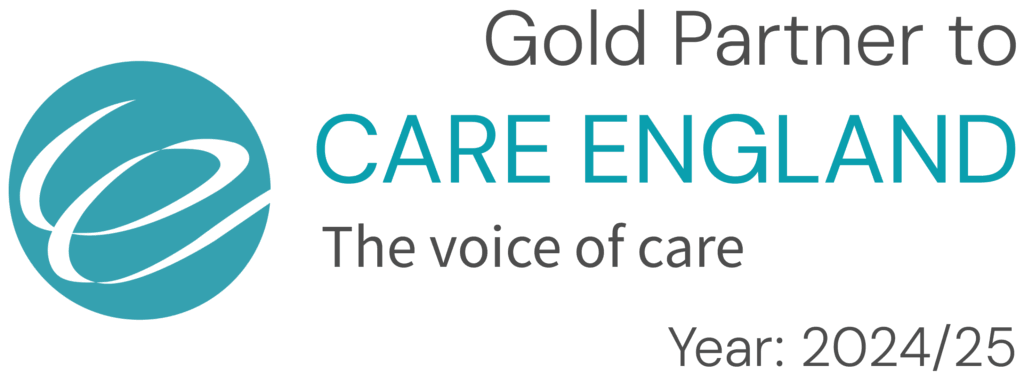Health and safety processes are sometimes treated as a time-consuming nuisance. This could not be further from the truth. True, in the early days of regulation there was some duplication and quite a bit of change: CQC was only enacted in 2009, so there was a steep learning curve for existing care facilities as they struggled with how to become CQC compliant amid what seemed to be a forest of new rules and regulations.
This meant that many processes and procedures were duplicated as new systems were installed alongside the old. The need for other tasks may well have fallen away altogether, as the new systems took over, but overly cautious managers may have requested that these tasks still be performed. Then, as time passed, these awkward half-merged ways of working become common practice leaving the establishment with a lot of unnecessary or duplicated processes or paperwork.
What should have happened instead, would have been for the care home or hospital to entirely revamp their processes, retraining staff in new, efficient ways of working that were both legally compliant and much easier for employees to implement. In short, making CQC regulations and rules the firm foundation on which policy is based is an excellent way to both streamline safety and caring systems, while reassuring patients and their families as to the wellbeing of the patient while in the care of the establishment. Care 4 Quality. is able to come into your establishment and assess the needs and demands of the workplace, offsetting them against the needs and demands of being legally compliant. We can also hold mock CQC inspection visits so that your staff are comfortable and readily able to help the inspectors during a real assessment. In this way, you can arrange your systems and practises to suit both the demands of compliance and the needs of your business – thereby getting the best of both worlds.
Paperwork is sometimes treated too reverently, with the assumption that many hours must be spent completing it – in fact, paperwork should be designed to be quickly and simply completed so that staff can devote the majority of their time to actually looking after the needs of their patients and residents, offering them the reassurance that they are covered by the records they have easily and accurately filled in.

